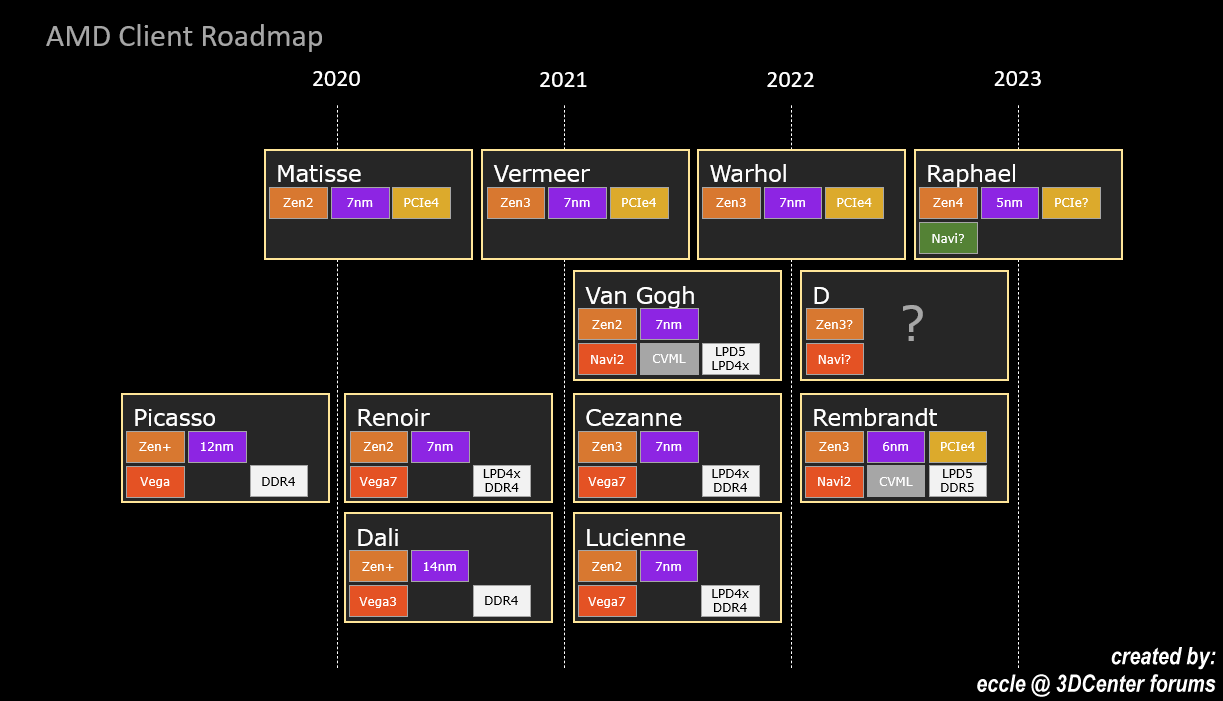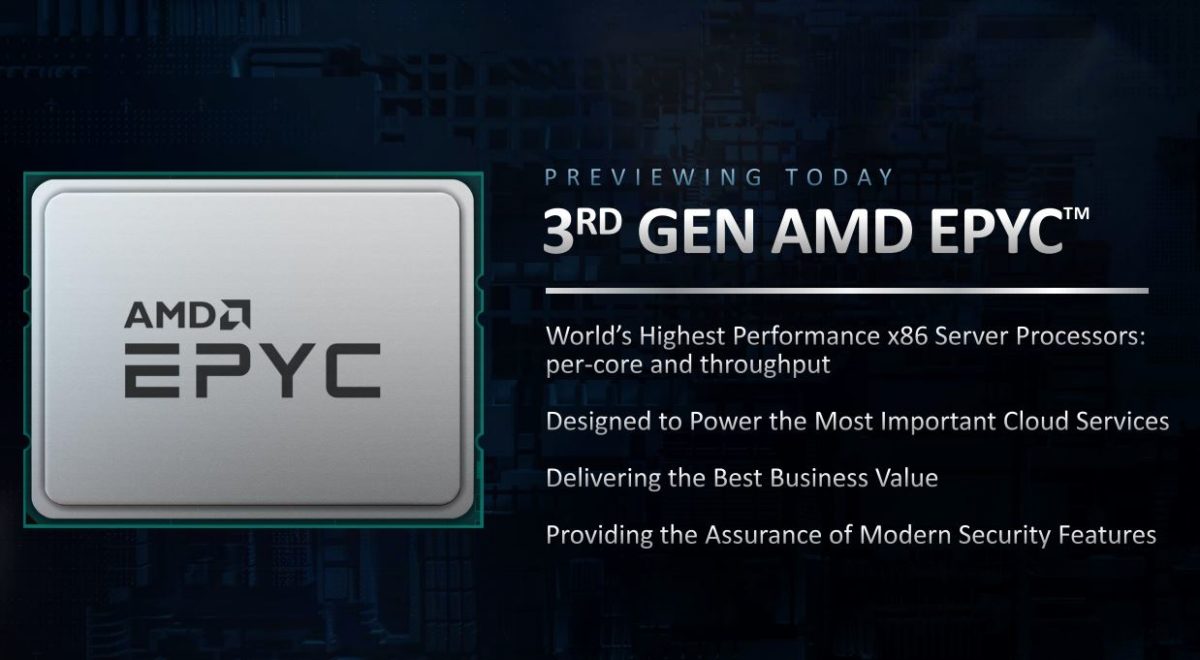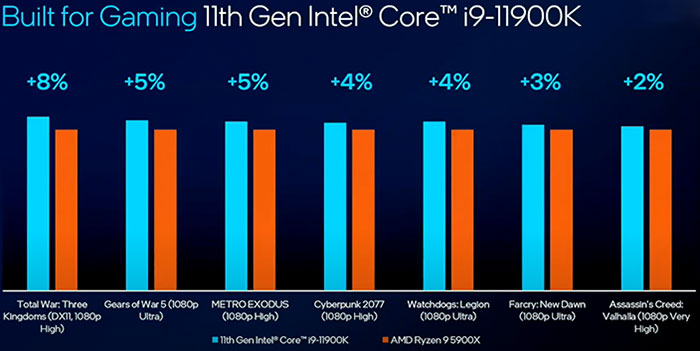Another title could be - What are AMD's plans for 2021?
It looks like TSMC's N6 EUV process may be key to new AMD CPUs in 2021, and possibly even GPUs. Warhol / Zen 3+ processors based on this node may release this year, according to this article:
https://www.kitguru.net/components/cpu/joao-silva/amd-zen-3-zen-4-and-zen-5-details-begin-to-leak/
It's possible this will be the first AM5 / DDR5 platform, this would make sense because in 2021, AMD needs something to compete with both Rocket Lake and Alder Lake (late Q4 or Q1 2022?). Also, the first modules of DDR5 have already been produced, so I think it's definitely doable.
This is mostly relevant to me as I'm still using DDR3 1600Mhz, and some games run poorly (40-50FPS) on low frequency RAM, such as Watchdogs: Legions. So, if AMD releases a AM5 motherboard with DDR5 compatibility in 2021, this will likely be what I choose to upgrade to.
To me, the least speculative part of this information, is the plan to launch N6 fabrication process based CPUs in 2021. According to Wikichip, N6 "volume production (is) expected before the end of the year" (dated January, 2020). Link here:
https://fuse.wikichip.org/news/3227/tsmc-q4-7nm-dominates-revenue-preps-5nm-ramp-6nm-by-eoy/
For a while though, many thought an enhancement to 7nm called 7NP would be used for CPUs in 2021, with 5nm in 2022. Ultimately N6 (EUV) and 7NP (small improvement vs 7N) are both enhancements of 7nm, but I think it makes much more sense to use the more advanced N6 process, partly because there should be more production capacity available (due to less tech companies using this node).
It looks like TSMC's N6 EUV process may be key to new AMD CPUs in 2021, and possibly even GPUs. Warhol / Zen 3+ processors based on this node may release this year, according to this article:
https://www.kitguru.net/components/cpu/joao-silva/amd-zen-3-zen-4-and-zen-5-details-begin-to-leak/
It's possible this will be the first AM5 / DDR5 platform, this would make sense because in 2021, AMD needs something to compete with both Rocket Lake and Alder Lake (late Q4 or Q1 2022?). Also, the first modules of DDR5 have already been produced, so I think it's definitely doable.
This is mostly relevant to me as I'm still using DDR3 1600Mhz, and some games run poorly (40-50FPS) on low frequency RAM, such as Watchdogs: Legions. So, if AMD releases a AM5 motherboard with DDR5 compatibility in 2021, this will likely be what I choose to upgrade to.
To me, the least speculative part of this information, is the plan to launch N6 fabrication process based CPUs in 2021. According to Wikichip, N6 "volume production (is) expected before the end of the year" (dated January, 2020). Link here:
https://fuse.wikichip.org/news/3227/tsmc-q4-7nm-dominates-revenue-preps-5nm-ramp-6nm-by-eoy/
For a while though, many thought an enhancement to 7nm called 7NP would be used for CPUs in 2021, with 5nm in 2022. Ultimately N6 (EUV) and 7NP (small improvement vs 7N) are both enhancements of 7nm, but I think it makes much more sense to use the more advanced N6 process, partly because there should be more production capacity available (due to less tech companies using this node).
Last edited:






